USB
USB stands for Universal Serial Bus. USB can connect printers, storage devices, keyboards, etc.
USB has a version number which is numerical with one decimal place. The version number specifies the signaling and data rate.
USB also has a type, which defines its physical shape (connectors, sockets) and electrical details.
One of the first versions of USB is USB1.1 that allowed for low speed or high speed. The CompTIA A+ objectives doesn’t list USB 1.1, but if you’re interested, USB 1.1 low speed transferred data at 1.5 megabits per second over a max distance of 3 meters. Full speed transmitted at 12 megabits per second up to a max distance of 5 meters.
USB 2.0
USB 2.0 is on the CompTIA 220-1001 objectives. It transfers data at 480 megabits per second up to a distance of 5 meters.
USB 1.1/2.0 Connectors:

- Standard-A is the most common. It uses 4 pins for USB 2.0.
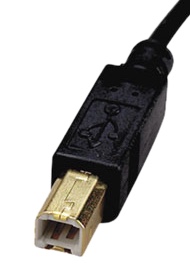
- Standard-B: Often seen on peripherals like printers. Uses 4 pins (USB 2.0)
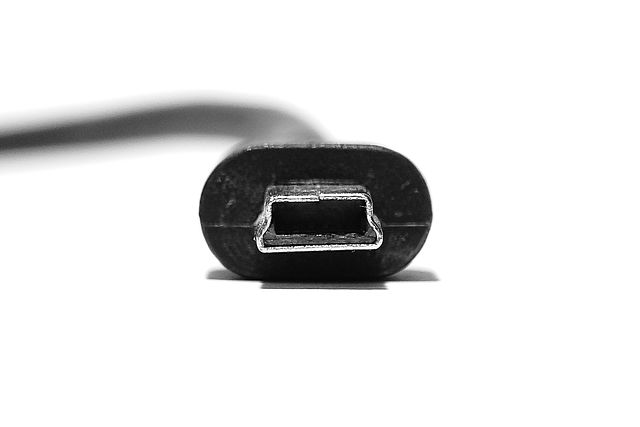
- Mini-B (5 contacts) Generally found on hubs, cameras, and Wi-Fi adapters. Only works with USB 2.0
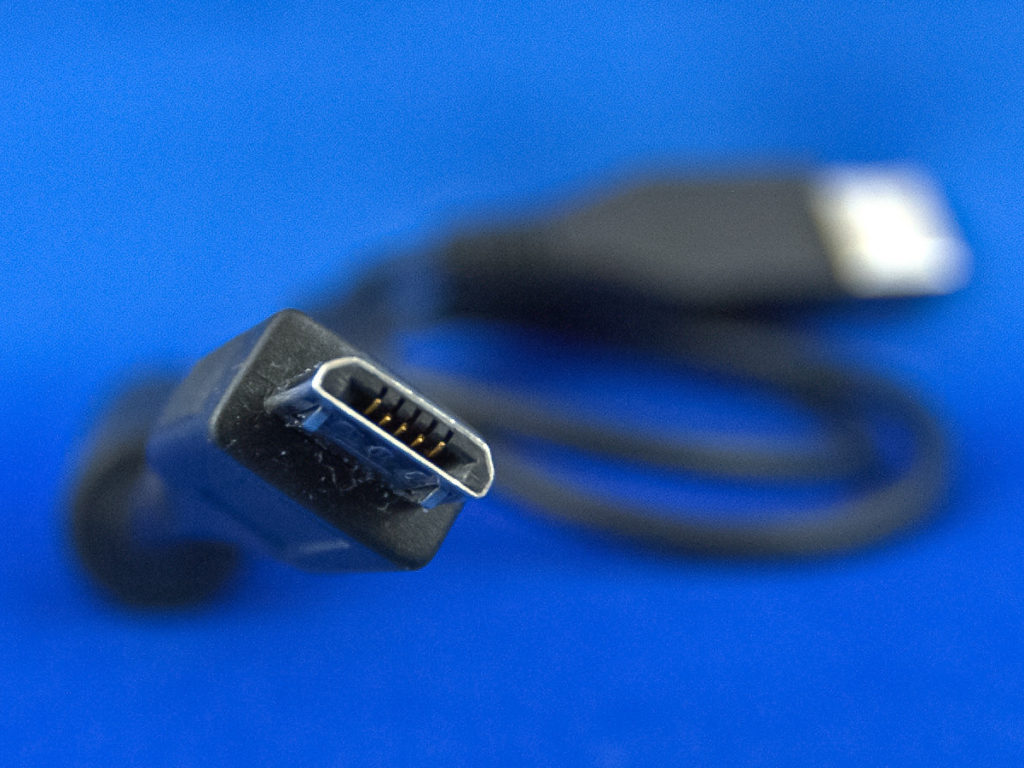
- Micro B (5 contacts for USB 2) Generally found on smartphones and tablets.
USB 3.0
USB 3.0 is also on the CompTIA A+ objectives. USB 3.0 is also called SuperSpeed USB. It transfers data at 5 gigabits per second on a 3 meter cable.
USB 3.0 connectors:
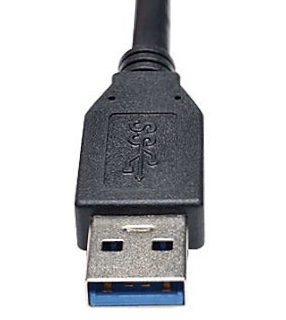
- Standard-A (Uses 9 pins for USB 3.x) 3.x are usually colored blue
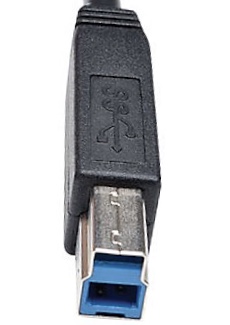
- Standard-B (Uses 9 pins for USB 3.x)
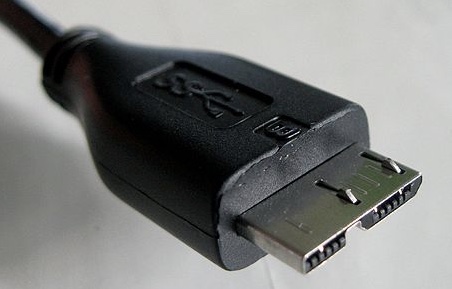
- Micro-B (10 contacts for USB 3)
USB 3.1
USB 3.1 is not specifically listed on the A+ objectives, but is useful to know. USB 3.1 is also called SuperSpeed+. It has Type-A and USB-C connectors. It transfers data at 10 Gbit/sec which is twice the rate of USB 3.0
USB 3.2
USB 3.2 is also not listed on the CompTIA A+ objectives, but is good to know. USB 3.2 is called New SuperSpeed+. It uses USB-C connectors and transfers at 20 Gbit/sec.
USB-C Connectors
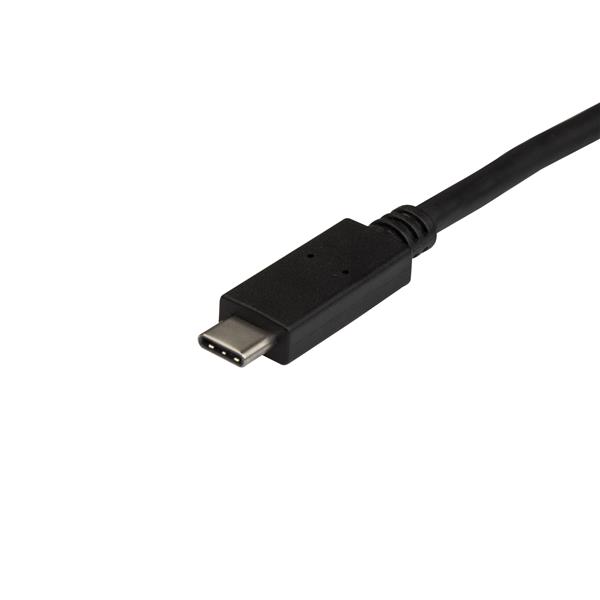
USB-C connectors can be insertered either way. There’s no top or bottom. USB-C has 24 pins. USB-C can replace all of the previous USB connector types. A USB-C connector doesn’t necessarily mean that it’s a USB 3.1 connection. USB Type C can work with USB 3.1/3.2 and Thunderbolt v3.
USB Type C adapters allow compatibility with older USB types, HDMI, Ethernet, and DisplayPort.
USB Type C allows for greater charging power. It can handle up to 100W of charging power.